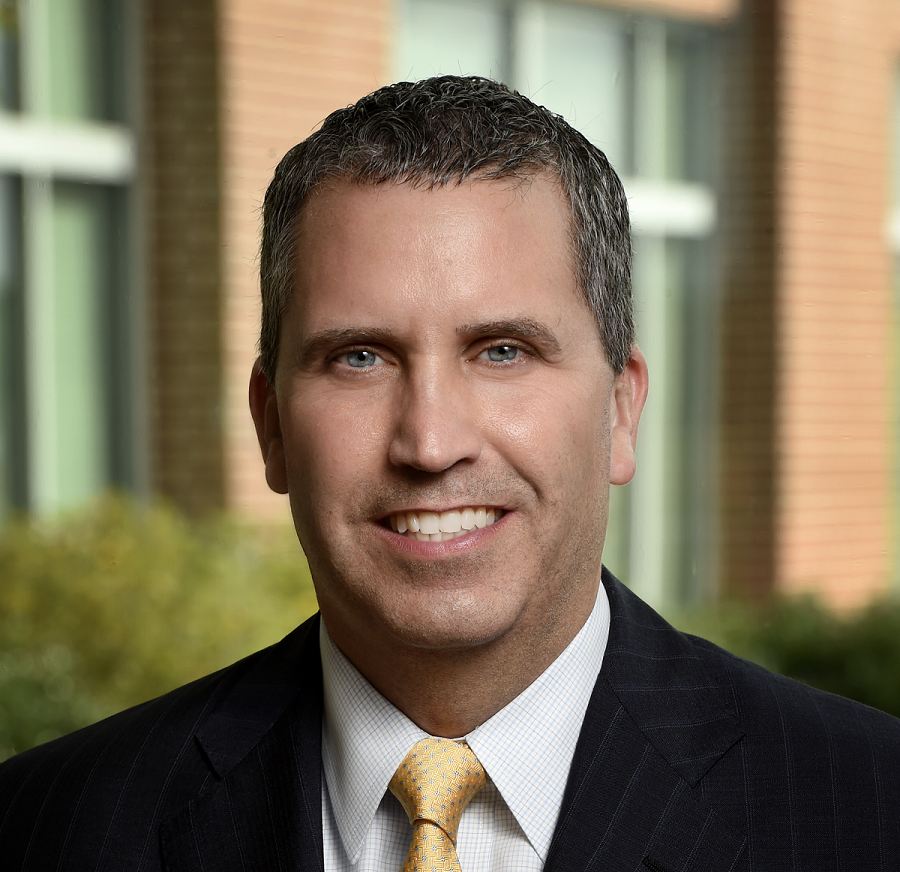Breakthrough ocular technology nears human clinical trials
Breakthrough ocular technology nears human clinical trials

For delivering medications directly to the eyes, eyedrops have long been the only option. Groundbreaking technology from OcuMedic, Inc., a medical device company founded by Rowan University’s Dr. Mark Byrne, could revolutionize eye care for patients recovering from ocular surgeries, corneal abrasions and other eye problems.

An article published in September in Advanced Healthcare Materials, a top biomaterials, pharmaceutics and biomedical engineering journal, detailed the successful study of Byrne’s specially designed soft contact lenses that allow for continuous release of controlled amounts of ocular medicine over a week of wear. Human clinical trials are expected to begin early next year.
“Our goal is to deliver ocular medicines more efficiently and effectively, leading to improved patient outcomes,” said Byrne, chief technical officer of OcuMedic, professor of biomedical and chemical engineering, and founding head of the Department of Biomedical Engineering at the Henry M. Rowan College of Engineering. “Our work is a major milestone for the field, as no drug-releasing lenses are commercially available. Our technology is a potential game changer as current delivery methods are simply not good enough.”
Eyedrop-dosing is inexact and can vary by the angle at which the bottle is held, the force of bottle-squeezes and whether the patient blinks. More than 90 percent of ocular medicines are delivered by eyedrops, and the small amount of medicine that successfully makes it into the eye gets washed away in as little as 30 minutes. Patient compliance is also a big issue as many people forget to take eyedrops.
“Even when the medicine is taken properly, there are still significant peaks and valleys in the concentration of drug in the eye that limit effectiveness of ocular medicines given in the form of eyedrops,” Byrne said.
A better delivery system is needed, but that breakthrough has been decades in the making. Chemist Otto Wichterle, inventor of modern soft contact lenses, also imagined the potential for ocular drug delivery via contact lenses in the 1960s. Byrne’s team is the first to reach Wichterle’s goal and reported that their lenses were safe and well-tolerated while continuously delivering medication for seven days.
“To make a lens, we had to arrange the architecture of the polymer to release medication slowly and the lenses can be vision-corrective or not,” Byrne explained.
The polymer of the lens must be slightly different depending on whether the lens is made to release anti-inflammatory medications, antibiotics, antihistamines or other types of drugs. Byrne and his team have shown the controlled release of many types of drugs and combinations of drugs, indicating the platform technology can be used to treat many eye issues.
One area of primary focus to OcuMedic is cataract treatment—particularly because the number of cataract surgeries is expected to double in the next 10 years and post-operative care requires weeks of eyedrops. Cataracts are the leading cause of vision impairment and blindness worldwide with nearly 28 million procedures performed yearly globally.
“After cataract surgery, OcuMedic’s product—the FREEDOM silicone hydrogel bandage lens— will be applied to continuously deliver a controlled dose of anti-inflammatory drugs,” Byrne said. “The amount of drug delivered may be increased or decreased on lens replacement over a four- to six-week period. Over six weeks, six lenses replace more than 84 eyedrops with a constant drug concentration compared to 84 sharp peaks and valleys in concentration.”
The study represents a significant step toward improved treatment options, said Dr. Laurence Fitzhenry, an expert in the delivery of ocular medications and a faculty researcher at the Waterford Institute of Technology, Ireland.
“Delivering drugs using contact lenses could not only reduce the treatment burden for those recovering from surgery, but could also considerably reduce any potential side effects or reduced efficacy from inaccurate dosing of eyedrops,” said Fitzhenry, principal investigator of Ocular Therapeutics Research Group. “Therapeutic contact lenses may also benefit demographics who find it difficult to apply multiple drops and the research results demonstrated by the team are a huge breakthrough for the delivery of NSAIDs to the ocular surface.”
The successful study is a big step toward getting this technology into clinical use. A meeting with the Food and Drug Administration’s Center for Drug Evaluation and Research last spring validated the approach and helped Byrne and his team begin to prepare for human clinical trials next year.
“Overall, more effective delivery of ocular drugs will lead to better therapy, better patient outcomes and fewer of the disastrous complications that can significantly decrease vision,” Byrne said. “We’re finally realizing Wichterle’s vision to the fullest extent and patients will benefit.”